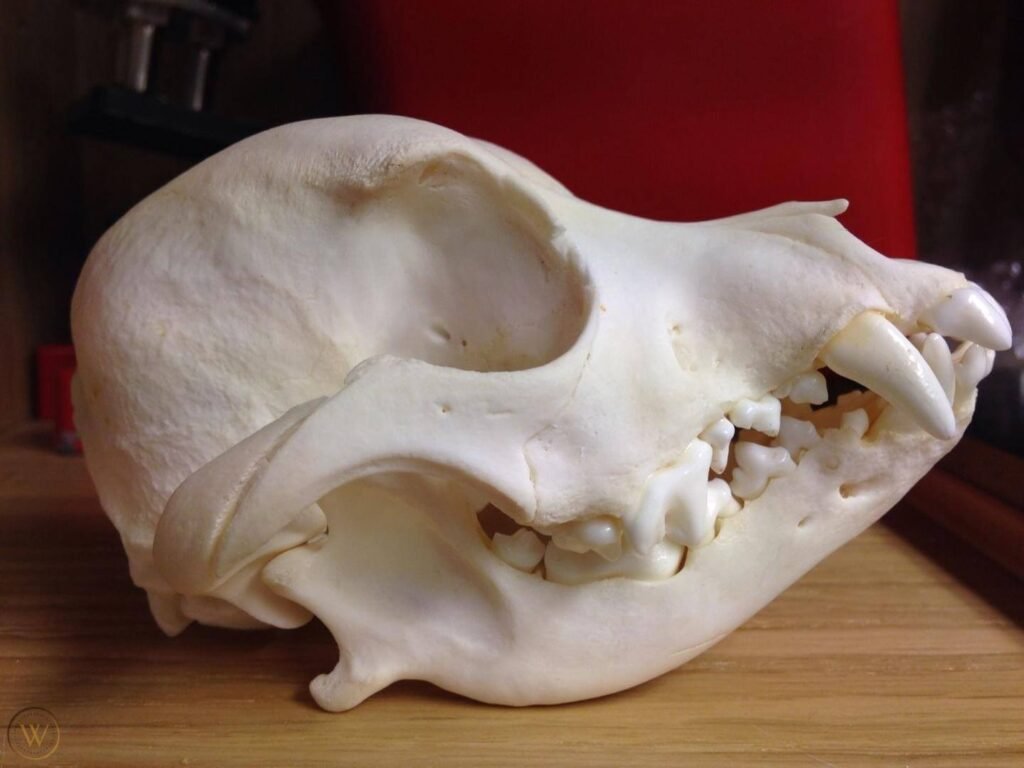What Are PET Bottles?
PET bottles are made from polyethylene terephthalate, a strong, durable, and lightweight plastic commonly used in packaging. You’ve likely encountered these bottles in your everyday life, whether it’s holding water, soda, or even your favorite shampoo. Their popularity stems from their versatility and recyclability, making them a top choice for industries worldwide.
Golden Retriever Husky Mix
Introduction to PET Bottles
The History and Origin of PET Bottles
Introduced in the early 1970s, PET bottles revolutionized the packaging industry. Originally developed as an alternative to glass bottles, they offered a lightweight yet strong material that could withstand the rigors of transportation while remaining costeffective. Over the decades, advancements in production techniques made PET bottles even more efficient.
PET bottles gained fame due to their durability, recyclability, and costeffectiveness. Companies found that they could transport products at a lower cost, while consumers appreciated their convenience. Their transparency allows you to see the contents inside, and they are resistant to breakage, making them ideal for everyday use.
Why PET Bottles Are So Popular?
Key Characteristics of PET Bottles
One of the key features of PET bottles is their durability. Despite being lightweight, these bottles are designed to withstand a significant amount of pressure, making them ideal for carbonated beverages like soda. Their strength ensures that they don’t break easily, reducing wastage and loss.
Durability and Strength
Lightweight Nature
PET bottles are incredibly lightweight, which is one of the reasons they’re so widely used. This not only makes them easy to transport but also reduces shipping costs and carbon emissions during distribution.
The transparency of PET bottles allows consumers to see the product inside, which is a big plus for many industries. This feature is particularly beneficial for beverages and personal care products, where appearance matters. Additionally, PET bottles can be molded into different shapes and sizes, adding to their versatility.
Transparency and Versatility

The Benefits of Using PET Bottles
One of the most significant advantages of PET bottles is that they are fully recyclable. Once disposed of correctly, PET bottles can be reprocessed into new bottles, clothing, or other products. This reduces the need for raw materials and helps combat plastic waste.
Recyclability and Sustainability
CostEffective Solution for Packaging
PET bottles are highly costeffective due to their low manufacturing and transportation costs. Their lightweight nature means that shipping is cheaper, which benefits both manufacturers and consumers.
PET bottles are nonreactive, which makes them safe for storing food and beverages. They don’t leach chemicals into the contents, making them a hygienic packaging solution for sensitive products like water, juices, and pharmaceuticals.
Hygienic and Safe for Use

Environmental Impact of PET Bottles
Once collected, PET bottles go through a recycling process where they are cleaned, shredded, and melted down to create new PET material. This material is then used to manufacture new products, reducing the environmental footprint.
The Recycling Process of PET Bottles
How PET Bottles Reduce Plastic Waste
Although PET is a type of plastic, its recyclability helps reduce overall plastic waste. Many countries and companies are working on increasing the rate of PET bottle recycling, thereby minimizing their environmental impact.
With increasing focus on sustainability, there are several innovations in the design of PET bottles. Lighter bottles, bottles made from recycled PET, and even reusable PET bottles are being developed to reduce environmental impact.
Innovations in PET Bottle Design
The Future of PET Bottles
Biodegradable Alternatives to PET Bottles
While PET bottles are recyclable, research is also being conducted into biodegradable alternatives. These materials break down faster in the environment, offering a potential solution to the problem of plastic waste.
Common Uses of PET Bottles
The most common use of PET bottles is in the beverage industry, where they are used to store everything from water and soda to juices and energy drinks.
Beverage Industry
Packaging for Household Products
PET bottles are also widely used for packaging household products like detergents, cleaning solutions, and hand sanitizers. Their strength and versatility make them ideal for a range of liquid products.
In the pharmaceutical and personal care industries, PET bottles are used to store products like liquid medicines, shampoos, and lotions, thanks to their hygienic properties.
Use in Pharmaceuticals and Personal Care

FAQ
Are PET bottles reusable?
Yes, PET bottles can be reused, especially if they are thoroughly cleaned. However, they are designed primarily for single use, and repeated reuse may reduce their strength.
How long does it take for a PET bottle to decompose?
It can take up to 450 years for a PET bottle to decompose in a landfill, highlighting the importance of recycling them.
Can PET bottles be harmful to health?
No, PET bottles are generally safe for use with food and beverages. They do not leach harmful chemicals under normal conditions.
How can I recycle PET bottles?
You can recycle PET bottles by placing them in designated recycling bins or taking them to recycling centers.




